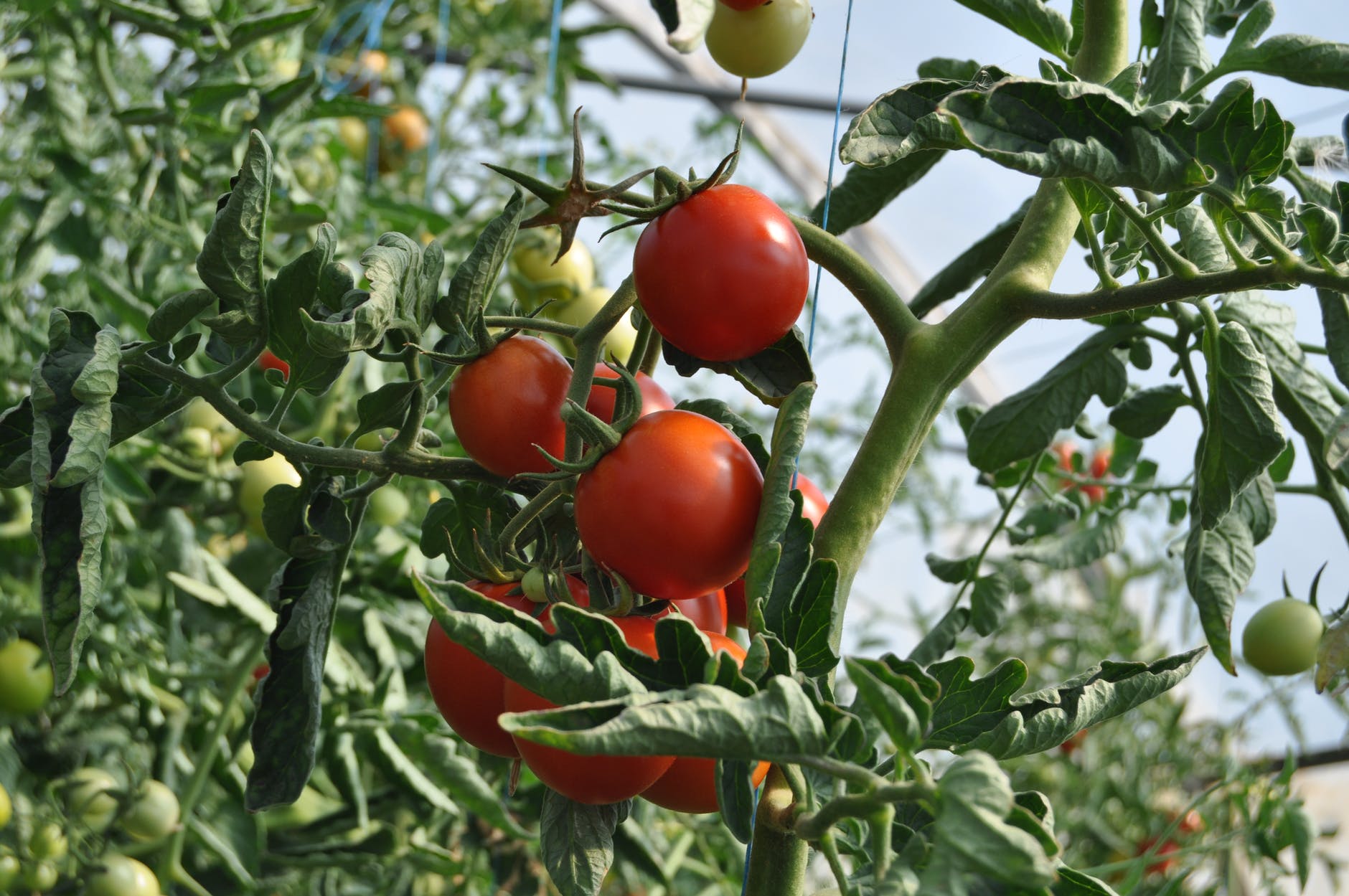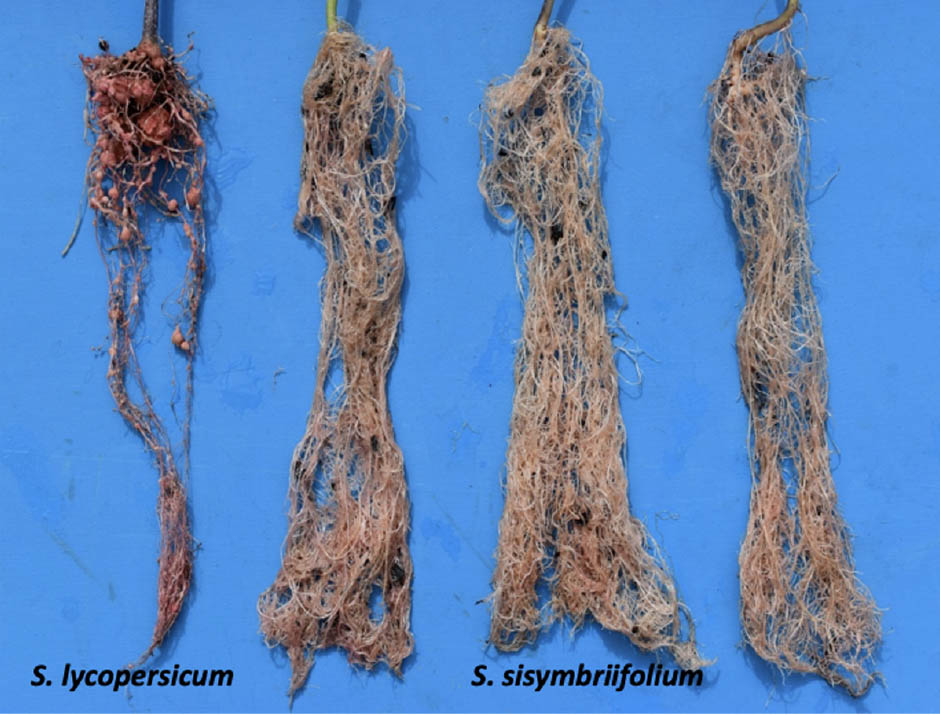By Abolfazl Hajihassani
Control of root-knot nematodes (Meloidogyne spp.) is a severe challenge for growers because the pests have abroad host range and can survive in the soil for several years. This makes crop rotation impractical and inefficient for nematode management.
Other major management options for root-knot nematodes in tomato include chemical controls using fumigant and non-fumigant nematicides and resistant varieties/rootstocks. Soil fumigation with chemical products is widely used in tomato production in the southern United States to control nematodes, soilborne pathogens and weeds. However, currently used fumigants do not provide the level of control previously observed with methyl bromide and are more challenging to use for most growers.
Resistant cultivars of tomato (Solanum lycopersicum), conferred by the Mi-1.2 gene, are currently available to control three major root-knot nematode species, including M. incognita, M. javanica and M. arenaria. These cultivars have a moderate to high resistance to their target nematode species. Still, their vulnerability to infection by other aggressive nematode species (e.g., M. enterolobii and M. floridensis) may limit their use. Hence, there is a need to discover new sources of resistance to develop cultivars with broad and durable resistance against root-knot nematodes.

A RESISTANT ROOTSTOCK
Wild tomatoes are a valuable source of resistance against multiple pathogens and nematodes. Many species are identified that contain a degree of resistance against certain root-knot nematode species.
Solanum sisymbriifolium (a.k.a. litchi tomato or sticky nightshade)is a solanaceous annual plant that was introduced to the United States from South America. It is known to occur in the Southeast. The plant contains a toxic substance, solasodine, which makes the plant tolerant against some pests and diseases. S. sisymbriifolium has been helpful as a suppressive trap crop to control potato cyst nematodes in Europe and the United States (Idaho).
A research group at the University of Georgia (UGA) established a collaboration with the U.S. Vegetable Laboratory in Charleston, South Carolina, to examine the susceptibility or resistance of S. sisymbriifolium against multiple species of root-knot nematodes. Greenhouse and microplot studies indicated that M. incognita, M. arenaria, M. haplanaria and M. enterolobii had very low or no ability to reproduce on S. sisymbriifolium as compared to the susceptible tomato control (Figure 1).

(Photo by Will Rutter)
The observed resistance in S. sisymbriifolium might be due to other genes rather than Mi-1 gene, which specifically contributes to resistance against Meloidogyne spp. In addition, findings from Asian field studies have revealed that some varieties of S. sisymbriifolium are resistant to bacterial wilt (Ralstonia solanacearum). Therefore, it is essential to use S. sisymbriifolium as a rootstock to effectively manage root-knot nematodes and some other soilborne pathogens in infested tomato fields in the southern United States.
NEMATICIDE TRIALS
In collaboration with colleagues at Clemson University, the UGA research group conducted replicated field trials to determine the effects of grafting tomato onto S. sisymbriifolium rootstocks combined with the application of non-fumigant nematicides. The efficacy of four nematicides (fluopyram, fluensulfone, oxamyl and Burkholderia spp. strain A396) were studied on grafted, self-grafted and non-grafted (susceptible Roadster and resistant Red Bounty cultivars) tomato plants grown on plastic beds. Nematicides were applied through the drip irrigation system, utilizing one drip tape per bed.
The grafted tomato and Red Bounty reduced gall severity more than self-grafted and non-grafted Roadster. However, no difference in root galling severity was observed between the rootstock and Red Bounty, regardless of which nematicide was used. A similar trend in the nematode population density in the soil was observed at harvest when both the rootstock and Red Bounty treatments had significantly lower nematode counts than the self-grafted and non-grafted plants.
No difference was found in tomato yields among the grafted, self-grafted and non-grafted tomato plants regardless of which nematicide was used. These results demonstrate that grafting onto highly resistant rootstocks is a practical management approach for producing susceptible tomato cultivars in soils infested with root-knot nematodes.
Abolfazl Hajihassani was an assistant professor at UGA when this article was written. He is now an assistant professor at the University of Florida Institute of Food and Agricultural Sciences Fort Lauderdale Research and Education Center.












